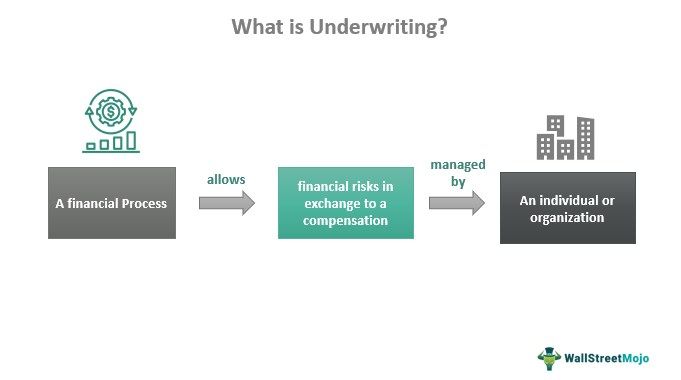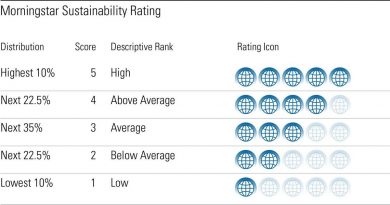Underwriting Spread Meaning Overview Example

Underwriting Spread: Meaning, Overview, Example
What Is Underwriting Spread?
An underwriting spread is the difference between the amount underwriters, such as investment banks, pay an issuing company for its securities and the amount they receive from selling the securities in a public offering. The underwriting spread is the investment bank’s gross profit margin, typically disclosed as a percentage or in points-per-unit-of-sale.
Key Takeaways
– The underwriting spread is the difference between what an underwriter pays an issuer for its securities and the total proceeds gained from the securities during a public offering.
– The spread represents the underwriter’s gross profit margin, which is later deducted for marketing costs and the manager’s fee.
– The underwriting spread varies on a deal-by-deal basis depending on several factors.
Understanding Underwriting Spread
The size of underwriting spreads is determined on a deal-by-deal basis and is mainly influenced by the underwriter’s perceived risk and the expected demand for the securities in the market.
The size of the underwriting spread depends on negotiations and competitive bidding among underwriter syndicate members and the issuing company. The spread increases with the risks associated with the issuance.
The underwriting spread for an initial public offering (IPO) usually includes the following components:
– The manager’s fee (earned by the lead)
– The underwriting fee (earned by syndicate members)
– The concession (given to the broker-dealer marketing the shares)
The manager usually receives the entire underwriting spread. Each member of the underwriting syndicate then receives a share of the underwriting fee and a portion of the concession (not necessarily equal). Additionally, a broker-dealer, not part of the underwriter syndicate, earns a share of the concession based on its selling performance.
The value of an underwriting spread can be influenced by variables such as the issue size, risk, and volatility.
Proportionately, the concession increases as the total underwriting fees rise. Meanwhile, the management and underwriting fees decrease as the gross underwriting fees increase. The effect of size on fee distribution is due to differential economies of scale. The investment banker’s work, such as writing the prospectus and preparing the roadshow, remains somewhat fixed, while sales efforts vary. Larger deals do not require exponentially more investment banker work.
However, larger deals may require more sales effort, leading to an increase in the proportion of the selling concession. Alternatively, junior banks may join a syndicate, even with a smaller share of the fees in the form of a lower selling concession.
Example of an Underwriting Spread
To illustrate an underwriting spread, consider a company that receives $36 per share from the underwriter for its shares. If the underwriters sell the stock to the public at $38 per share, the underwriting spread would be $2 per share.



